 |
 |
 |
| |
New WHO Guidance on Viral Hepatitis Elimination
|
| |
| |
EASL International Liver Congress, June 23-26, 2021
Philippa Easterbrook, MD
Global Hepatitis Programme
Global HIV, Hepatitis and STIs Programmes
World Health Organization
-------------------------------------------------------------
WHO releases first-ever global guidance for country validation of viral hepatitis B and C elimination
25 June 2021
https://www.who.int/news/item/25-06-2021-who-releases-first-ever-global-guidance-for-country-validation-of-viral-hepatitis-b-and-c-elimination
New WHO Guidance for country validation of viral hepatitis B and C elimination is released during a joint EASL-CDC-ECDC and WHO symposium "Viral Hepatitis Elimination - Assessing the progress in 2021" at the EASL International Liver Congress 2021. This represents the first-ever global guidance for countries seeking to validate elimination of hepatitis B virus (HBV) and/or hepatitis C virus (HCV) infection as a public health problem.
In 2016, the WHO Global Health Sector Strategy (GHSS) on viral hepatitis provided the initial roadmap for the elimination of viral hepatitis as a public health problem by 2030 - a 90% reduction in incidence and a 65% reduction in mortality by 2030, compared with a 2015 baseline. This new guidance provides a framework for countries to measure their efforts in reducing both new infections of hepatitis B and C and deaths from liver cirrhosis and cancer alongside reaching high coverage (>90%) of programme interventions to ultimately confirm attainment of elimination. These include preventative interventions, such as hepatitis B infant and birthdose vaccination, blood and injection safety and harm reduction, as well as HBV/HCV testing and treatment, and must be maintained for 2 years. This interim guidance aims to promote a standardized public health approach for viral hepatitis elimination and recognizes regional and country context and burden of viral hepatitis B and C.
Countries are encouraged to pursue elimination of both viral hepatitis B and C together, however they may choose to apply separately for one of four certification options:
• Option A: elimination of mother-to-child transmission (EMTCT) of HBV (as part of triple elimination of HIV, syphilis and HBV, or HIV/HBV).
• Option B: HCV as a public health problem;
• Option C: HBV as a public health problem (including HBV EMTCT); and
• Option D: Elimination of both HBV and HCV together as a public health problem.
The guidance also provides countries with a range of options for how to measure the targets depending on available surveillance data and capacity, as well as a checklist of other considerations to assess their progress towards elimination. These include assessing quality of strategic information, laboratory processes, diagnostics and medicines, and health-care programmes, as well as adherence to the principles of equity, human rights and community engagement.
WHO already has an integrated approach to the elimination of mother-to-child transmission (EMTCT) of HIV, syphilis and hepatitis B pioneered jointly by the Pan American Health Organization, and the Regional Office for the Western Pacific Region. WHO also has strategies and targets for elimination or eradication of 30 other diseases. Where possible, the process for validation of elimination of viral hepatitis can be aligned. with these other disease elimination efforts to promote system efficiencies.
"This guidance is intended to motivate countries to take rapid and appropriate action toward viral hepatitis elimination. It is also important that the validation process is country-led and driven. There are important differences across countries in their hepatitis B and C epidemics, and they will need to adapt the process and national targets to their context and affected populations," said Dr Meg Doherty, Director of WHO's Global HIV, Hepatitis and Sexually Transmitted Infections Programmes.
"The guidance is a valuable practical tool for countries seeking to achieve elimination of hepatitis B and C. The epidemiology and progress toward elimination varies by country, and this document provides the flexibility for countries to adapt it to their context" said Dr Carolyn Wester, Director, Division of Viral Hepatitis, Centers for Disease Control and Prevention.
"To overcome the barriers to achieving viral hepatitis elimination, we must improve people's access to treatment and care. To this end, all actors involved, including patient organisations, must work together and deliver care at the community level. In 2019, the major hepatology societies agreed that there is an urgent need to simplify viral hepatitis testing and linkage to care and today this remains a priority. Only by decentralizing viral hepatitis services to local level care and task-sharing care with primary care clinicians and other health care practitioners we can achieve our goal," said Maria Buti, Chair of EU Policy and Public Health, European Association for the Study of the Liver (EASL).
---------------------------------------
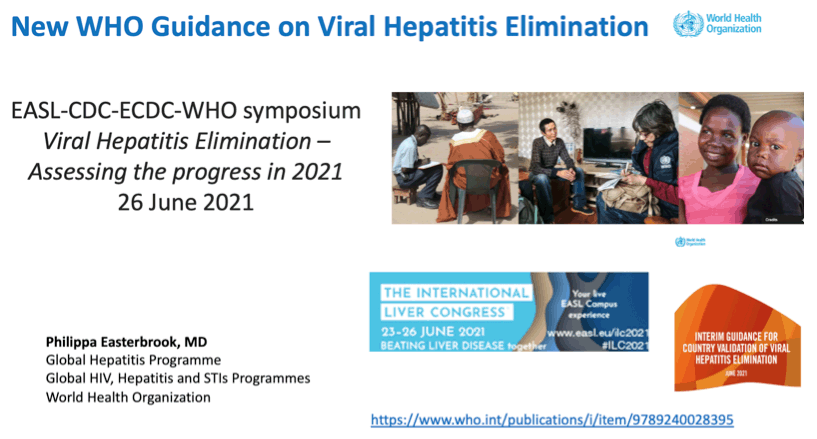
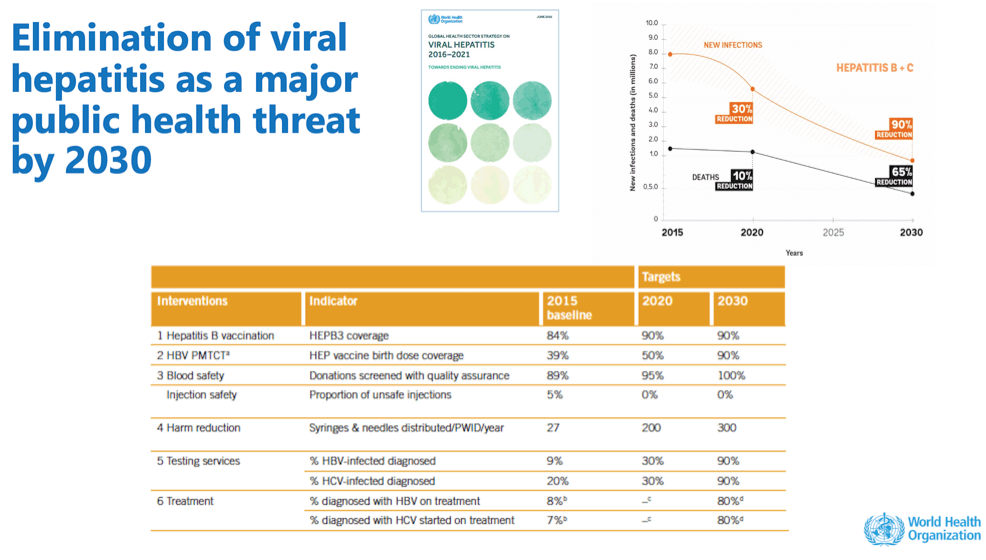
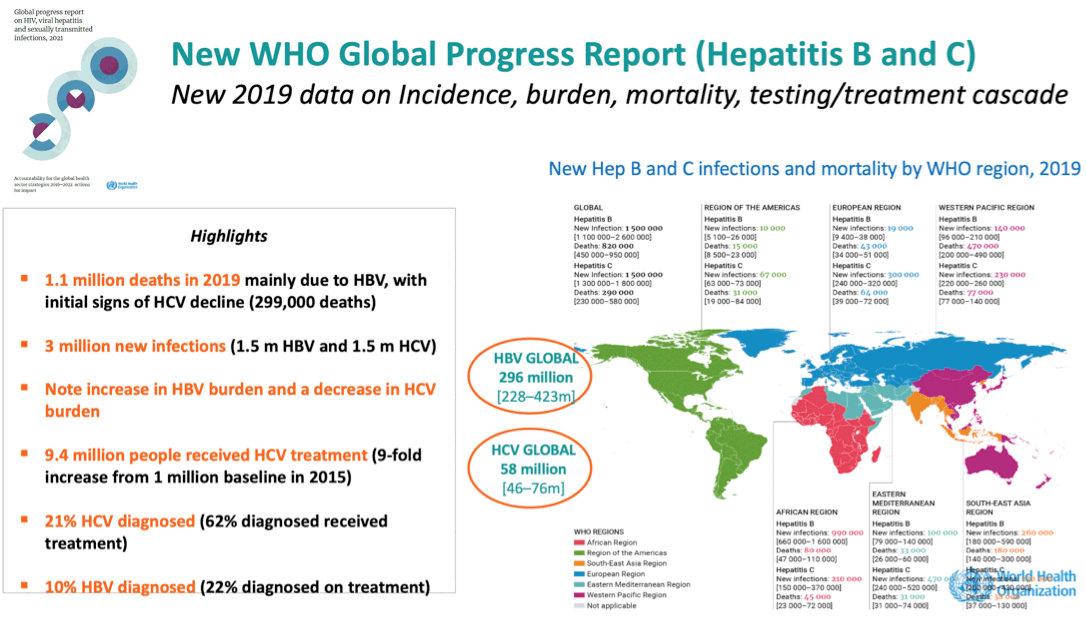
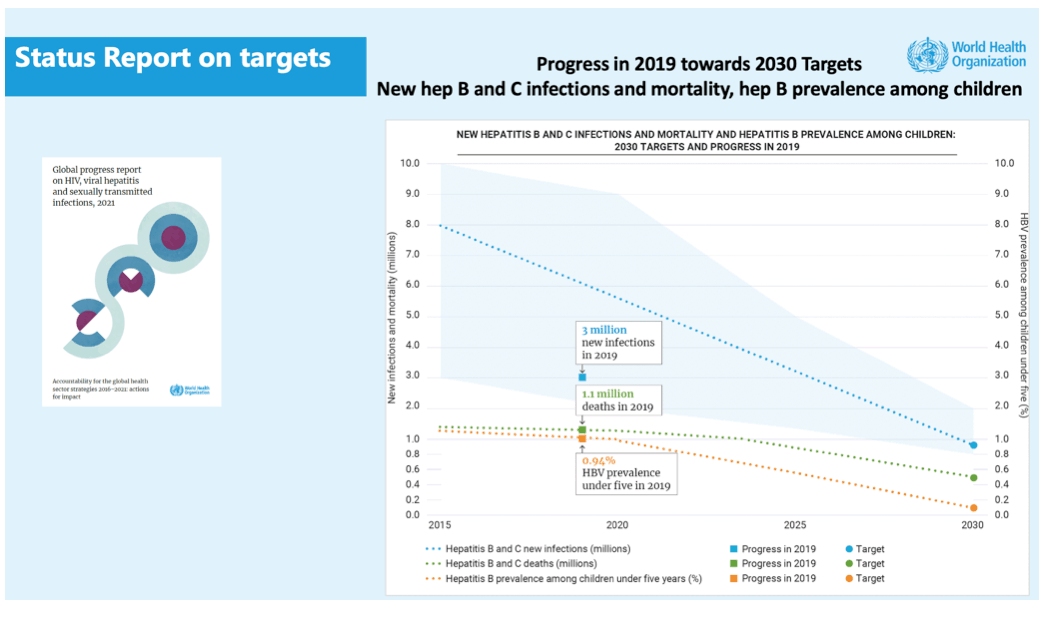
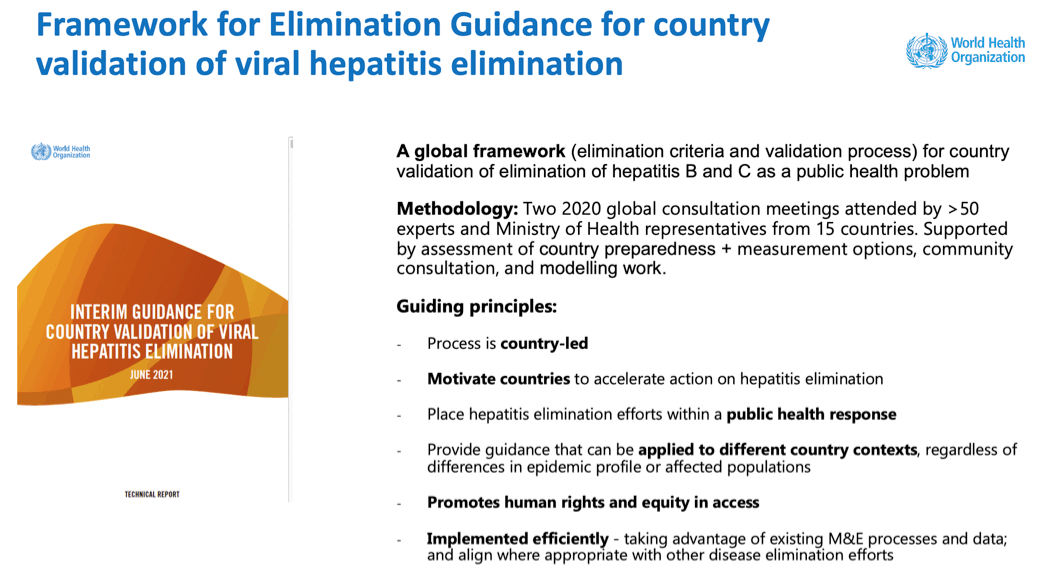
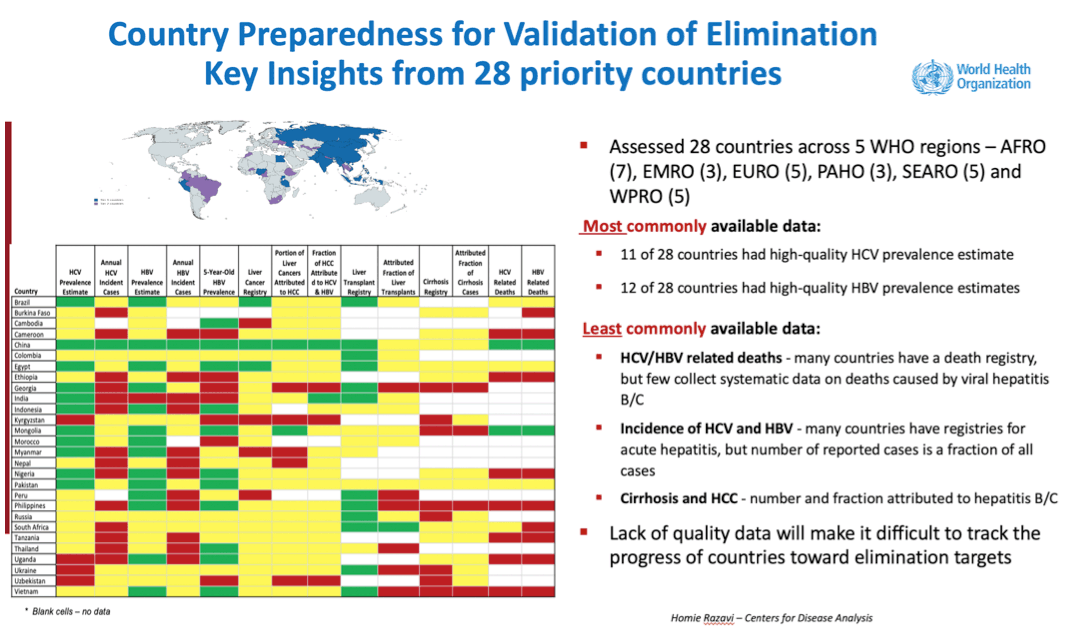
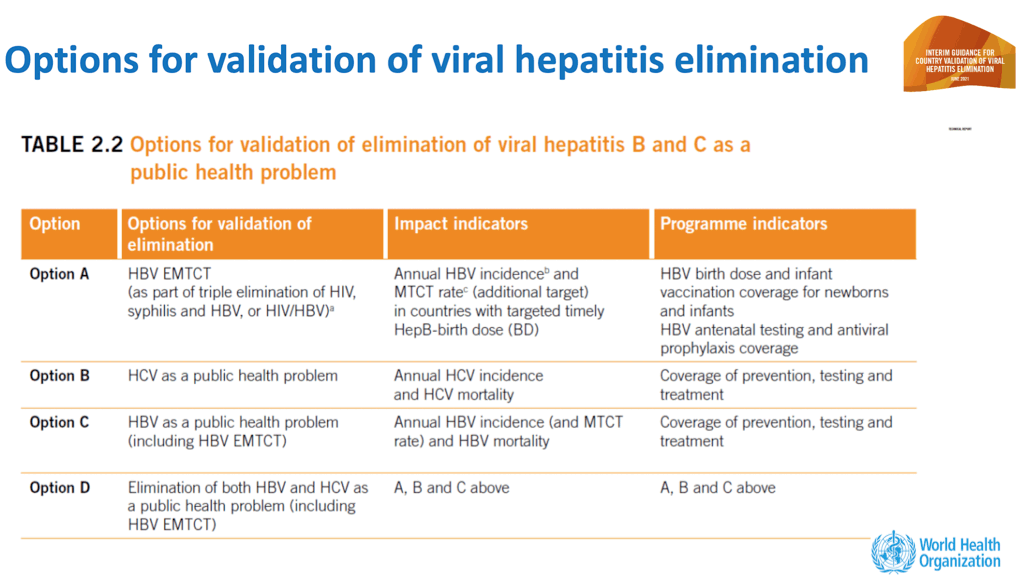

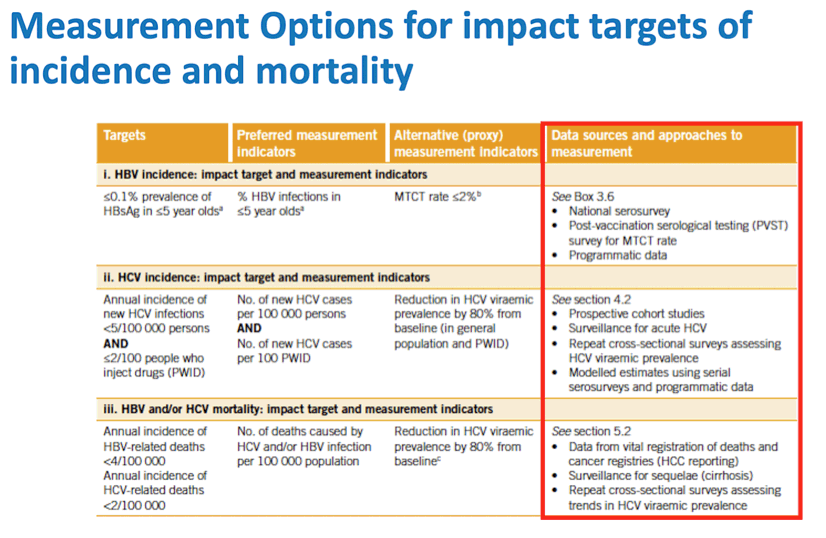
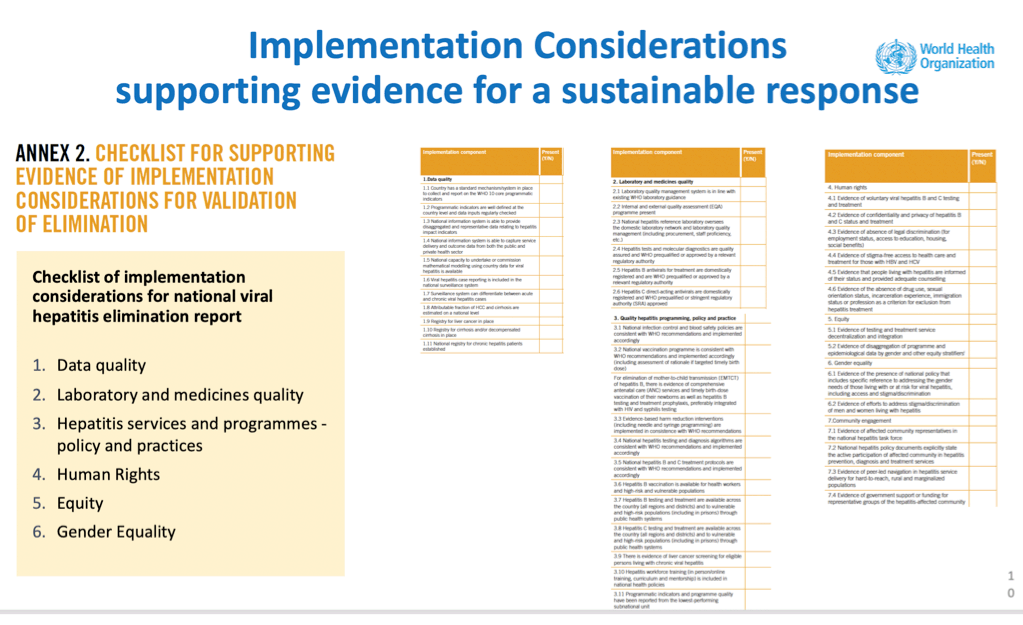


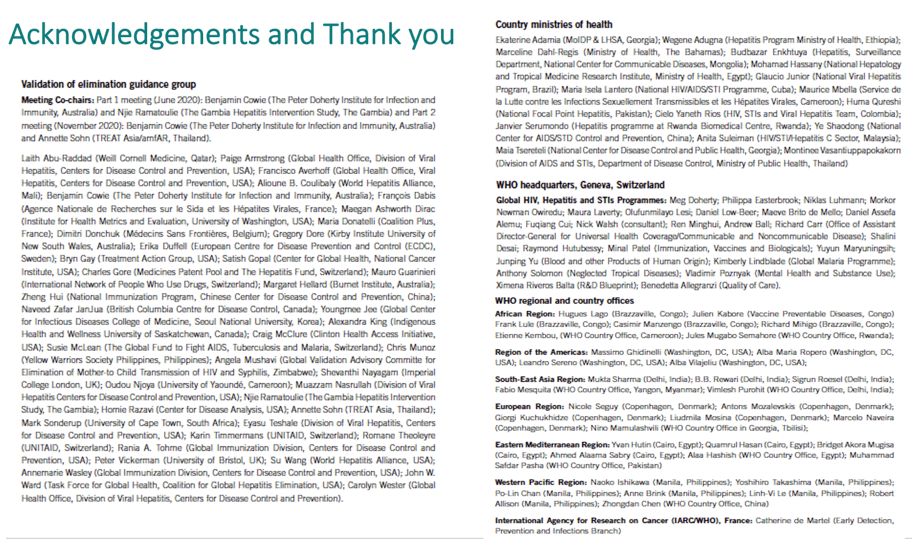
|
| |
|
 |
 |
|
|